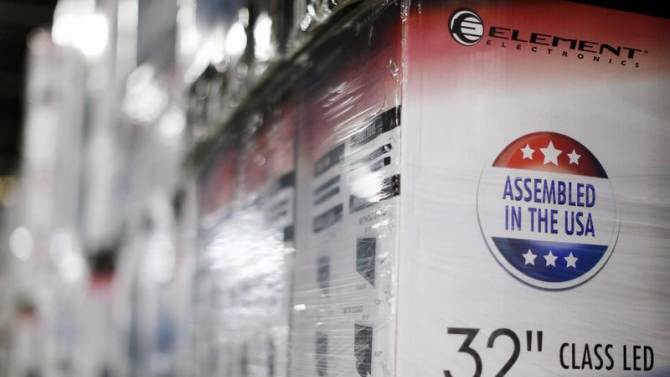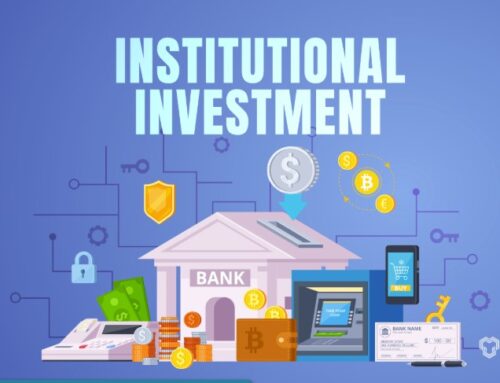While ECB struggles, Fed sees recovery
September 28, 2014
By William Schomberg
LONDON (Reuters) – On one side of the Atlantic they’re trying to refill the punchbowl. On the other they’re getting ready to take it away. This week, investors may get a clearer idea why.
The European Central Bank will spell out on Thursday its latest attempt to steer the euro zone away from the prospect of damaging deflation, following the latest snapshot of consumer price pressures on Tuesday.
U.S. jobs numbers on Friday will probably confirm that the fast-recovering American economy has reached the point where the Federal Reserve can finally halt its massive bond-buying stimulus.
The contrast between the U.S. and euro zone economies has grown increasingly stark, adding to the pressure on the ECB and European leaders to revive growth in their corner of the world.
U.S. Treasury Secretary Jack Lew last week laid bare Washington’s long-standing frustrations with the reluctance of European governments to increase public spending.
The risk of the euro zone sliding into deflation and deeper stagnation is adding to the drag on the global economy from a slowdown in China, where authorities are trying to rein in lending, and concerns about conflict in the Middle East.
But instead of fiscal action by European governments, it is action by the ECB that is the most likely spur for the region.
After surprising markets with an interest rate cut at its September meeting and trying to get banks to take cheap loans to boost lending, the ECB on Thursday is due to give details of its plan to unblock corporate credit by buying repackaged loans.
Marchel Alexandrovich, an economist with Jefferies in London, said investors wanted an idea of the size of the program to buy asset-backed securities and covered bonds. This would help them gauge when the ECB might start buying government bonds, a much more powerful – and controversial – form of stimulus.
Economists have widely ranging guesses as to the size of the program, and Alexandrovich said that the bigger it proved to be, the longer the ECB was likely to hold off from buying government bonds.
Reuters reported this month that initial plans for the ABS and covered bond program foresaw up to 500 billion euros ($640 billion) in purchases.
ECB President Mario Draghi has said the bank wants to push its balance sheet back up to the levels of early 2012, or about 3 trillion euros, compared with 2 trillion euros now.
Tuesday’s consumer price data is likely to underscore how close the euro zone is to succumbing to deflation. Inflation in the 18 countries sharing the currency is expected to fall to 0.3 percent in September, its lowest level in nearly five years.
Economists at Nomura saw “a clear sign that euro area policy makers are losing their grip on inflation expectations”.
WAGE CONUNDRUM
In the United States, the challenge for policymakers looks very different with attention focused on when interest rates will start to rise after nearly six years at near zero.
The U.S. economy looks to be on course for growth of about 2 or 2.5 percent this year, and the Federal Reserve intends to halt its bond-buying program in October.
Data due on Friday is expected to show employers hired 219,000 people in September, a bounce-back from a surprise slip in August to 142,000.
“The message from the Fed is ‘watch the data’ which is why the numbers next week will be very closely watched, maybe much more so than in recent months,” said Gennadiy Goldberg, U.S. strategist with TD Securities.
As well as the jobs data, figures on consumer spending, manufacturing and trade are likely to show the U.S. recovery firmly on track.
Even so, earnings have failed to respond much to the pick-up in jobs growth, something pointed out by Fed Chair Janet Yellen and which could delay a first rate hike.
Goldman Sachs says that its number-crunching shows that growth in wages is becoming an increasingly reliable indicator of how much slack there is in the economy.
Noting how earnings growth lagged behind inflation in the United States, the euro zone, Britain and Japan in the second quarter, the investment bank predicted central banks would take their time to start raising record-low interest rates with the Fed only doing so in the third quarter of next year.
The Bank of England is expected to raise rates before the Fed, and upward revisions to the pace of economic growth in 2013 and the first two quarters of this year – which are expected to be announced on Tuesday – will add to the sense of an economy firing on almost all of its cylinders.
But like the Fed, the BoE has put weak growth in pay and labor costs at the heart of its thinking and has signaled a first rate hike is only likely to come in the spring of 2015.
“While estimates of recent GDP growth may be nudged up, we doubt that these revisions will have major effects on the outlook for fiscal or monetary policy,” economists at consultancy Capital Economics said in a note to clients.
(Writing by William Schomberg; additional reporting by Eva Taylor in Frankfurt; Editing by Hugh Lawson)
Search
RECENT PRESS RELEASES
Related Post






